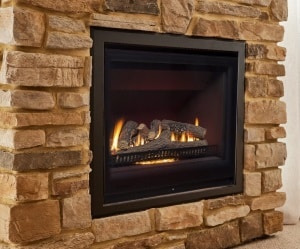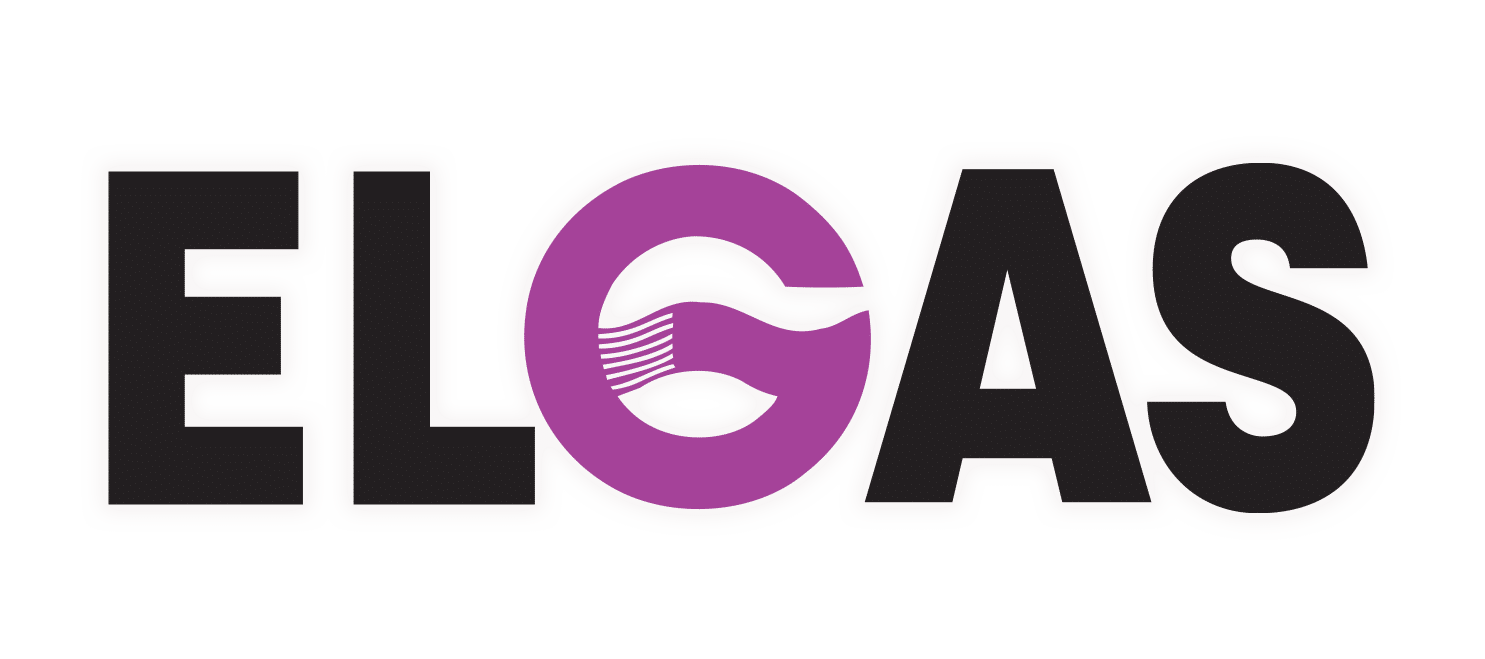Gas Fireplace – Gas Log Fire – Gas Fires
 Different types of gas fireplace, gas fireplace inserts, built in gas fireplace, and freestanding gas fireplace are all a great looking energy efficient gas heaters. A gas log fireplace provides the beauty of a real fireplace and gas heating on demand.
Different types of gas fireplace, gas fireplace inserts, built in gas fireplace, and freestanding gas fireplace are all a great looking energy efficient gas heaters. A gas log fireplace provides the beauty of a real fireplace and gas heating on demand.
Gas log heaters look just like wood fireplaces but without the wood to cut and carry or the ashes to clean up – all of the appeal without the bother.
Why Install an LPG Gas Fireplace (Gas Fires)?
An LPG gas fireplace (gas fires) is the best combination of beauty and practicality.
Gas fires add life and warmth to any room.
They are energy efficient and can quickly, and beautifully, warm your home.
Freestanding or easily retro-fit into existing fireplace and heater openings, gas fire heaters are an attractive way to add character, heat and value to your home.
Gas Fireplace (Gas Fires) with Power Flue
 A flued gas fireplace (gas fires) is one with a vent for exhaust fumes.
A flued gas fireplace (gas fires) is one with a vent for exhaust fumes.
Traditional draft flues go straight up through your roof.
Powered flues give you many more design options, as the exhaust gas is fan forced horizontally or vertically, depending on the model.
Additional possibilities include 90° bends and the allowable flue length may also be longer.
This allows for wall outlets as well as roof exhausts.
Direct Vent
With a conventional fireplace, the air used for combustion is drawn from within the room.
An LPG fireplace with a direct vent or balanced flue gas fire models draw the combustion air from outside your home, so there are less drafts and the fireplace is unaffected by closed doors, etc.
The amount drawn in is balanced with the exhaust sent out.
Can You Have an Gas Fireplace (Gas Fires) Without a Chimney – a ventless one?
Technically, YES.
You don’t need a chimney but you will need a flue pipe.
Totally ventless gas fires are very rare, as they vent the combustion gases into the living space.
The fact that the burners are purposely set to create a yellow flame means that they also create CO – carbon monoxide.
You cannot even buy a ventless gas fireplace (gas fires) in some countries.
We would strongly advise against a ventless gas fire, even in the event that they can be purchased in your country.
Gas Fireplace Fumes
Gas fireplace (gas fires) fumes are not an issue when the unit has a flue, which is the case in almost every instance.
With a flue or ‘vent’, all of the fumes are routed out of your home.
Gas Fireplace Logs – Flame Media
 Good gas fire logs are made of simulated wood so they don’t actually burn.
Good gas fire logs are made of simulated wood so they don’t actually burn.
They give the illusion of burning because of the gas flames surrounding them.
You can choose between different types of gas fires realistic looking flame media including ceramic logs, stones, rocks, quartz or coals.
They may be real or simulated. Your choices depend on the manufacturer and model.
Gas Fireplace Flame Colour
 The gas fireplace (gas fires) flame colour is typically yellow, unlike other gas appliances with a blue flame colour.
The gas fireplace (gas fires) flame colour is typically yellow, unlike other gas appliances with a blue flame colour.
This is achieved by adjusting the burners to receive less air with the gas.
Gas Consumption & Heat Output
Gas input is expressed in Mj/hour.
Heat output is measured in kW.
Generally speaking, greater gas input equals increased heat output, taking into account the relative energy efficiency ratings of the models being compared.
Gas fireplace (gas fires) ratings in Australia are determined by testing and labelled for energy efficiency Star Ratings.
Understanding what they mean can save you lots of money.
The Star Rating is based on net heater efficiency.
A higher star rating means lower running costs, which can add up over the years.
When you figure that a gas fire is likely to last 15 years or more, the annual running cost savings will add up over time. So, gas fire ratings do matter. For more details, please see – Star Ratings
Fire Inserts – Gas Fireplace Insert Reviews
Start by checking the LPG & natural gas fireplace insert reviews, to find the best performers.
Gas fire inserts are one of the different types of gas fires designed and sized to fit into an existing fireplace opening.
They may also be the correct size to replace old inbuilt space heaters.
This eliminates the cost of any additional work. No flue is required if you have a sound masonry fireplaces or you can run a metal flue inside of an older masonry chimney.
Either method helps reduce installation costs.
Glass Front Gas Fireplace Inserts
 Glass front gas fireplace inserts are designed and sized to fit into an existing fireplace opening.
Glass front gas fireplace inserts are designed and sized to fit into an existing fireplace opening.
The glass front typically seals to prevent any combustion gases from entering the home.
Most gas fire inserts are available as glass front gas fireplace inserts, either as a standard feature or an option.
Freestanding Gas Fireplace
 Another of the different types of gas fires is the freestanding LPG gas fireplace (gas fires), which is also easy to install.
Another of the different types of gas fires is the freestanding LPG gas fireplace (gas fires), which is also easy to install.
As the name implies, they stand alone, separate from the wall.
Your gas fitter simply runs a metal flue through the ceiling and roof.
Built In Gas Fireplace
 For the new home builder or slightly more ambitious remodeler, a built in gas fireplace (gas fires) is a great choice.
For the new home builder or slightly more ambitious remodeler, a built in gas fireplace (gas fires) is a great choice.
The inbuilt option is the way to go if you want a wider profile gas fireplace.
This does require a bit of timber and plasterboard, to build out the wall, but the results are well worth it.
The gas fire and flue are enclosed within the new wall structure.
Some models of gas fires are available with zero clearance options, so the amount of space used can be kept to a minimum.
Add a stylish mantel, to crown the project, and your home will have a new centrepiece taking pride of place for you to enjoy.
Features & Options
 Available features include thermostats, programmable timers, remote controls, multi-speed fans, electronic ignition, double glazing, child locks, mesh safety guards and powered flues.
Available features include thermostats, programmable timers, remote controls, multi-speed fans, electronic ignition, double glazing, child locks, mesh safety guards and powered flues.
You choose the gas fireplace or gas log fire model with the features that are right for you!
Add a stylish mantel, to crown the project, and your home will have a new centrepiece taking pride of place for you to enjoy.
New Residential LPG customer?
New Business LPG customer?
Existing ELGAS customer?
- BBQ – Gas and Charcoal BBQ Features – Charcoal BBQ vs Gas BBQ Comparison - March 31, 2025
- GPL Gas (GPL Fuel) – GLP Gas – LPG Gasul: GLP-GPL Gas Station - March 26, 2025
- Think LPG When Building a New Home - February 26, 2025
Steve Reynolds
Technical Consultant
Steve Reynolds is a leading expert in the LPG industry with over 22 years of experience. As part of the national management team at ELGAS, Steve ensures the safe and efficient storage, handling, and transportation of LPG. He serves as the lead investigator for incidents and collaborates with authorities on industry developments.
Steve is a technical advisor to Standards Australia and Gas Energy Australia (GEA), and an active member of the World LPG Association (WLPGA), contributing to global standards and technical reviews. He holds a BSc. (Hons) in Industrial Chemistry from UNSW and has held senior safety and technical roles at ELGAS, making him a trusted authority in LPG safety and standards.
